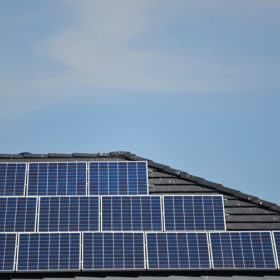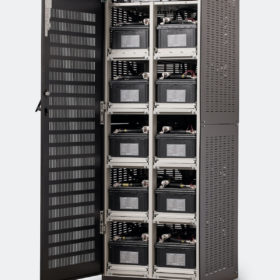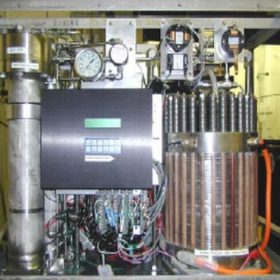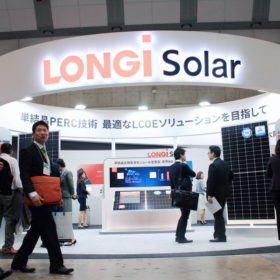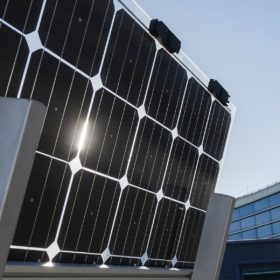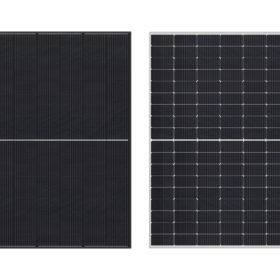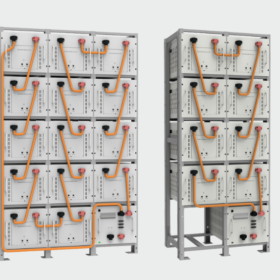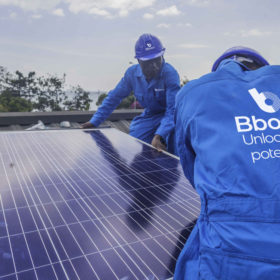Most popular PV panel, inverter brands for Australia in 2021
SunWiz has identified the most popular solar panel and inverter brands in the Australian market. In total, 5.2 GW of solar was installed in Australia in 2021, putting the country’s cumulative tally at 26.9 GW.
Nickel-zinc batteries for large scale backup power
Nickel-zinc batteries will be coupled with wind power to support 30MW of critical IT load at a data center in Wyoming, in the US. The batteries’ lifespan can be up to 15 years, while its roundtrip efficiency stands at 85%.
The Hydrogen Stream: Electrolyzer sales expected to quadruple this year
According to BloombergNEF, electrolyzer shipments may reach up to 2.5GW in 2022, up significantly from 458MW last year. China and the United States will become the world’s first and second markets, respectively.
Chinese PV Industry Brief: Longi was the world’s largest module manufacturer in 2021
According to PVInfolink, the top 10 solar manufacturers accounted for over 160GW of shipments or a global market share of 90% in 2021.
Huge aluminum demand expected in solar industry, concerns arise on emissions
Researchers from the University of New South Wales (UNSW) predict that growth to 60TW of photovoltaics needed to rapidly reduce emissions to ‘net zero’ and limit global warming to <2 °C could require up to 486 Mt of aluminium by 2050. A key concern for this large aluminium demand is its large global warming potential.
Enel mulls building heterojunction solar module factory in the US
In a recent media brief, new Enel Green Power CEO Salvatore Bernabei said the company’s heterojunction solar module factory in southern Italy will be scaled up from 200MW to 3GW by mid-2024. He also revealed that another factory may be built abroad, with the United States being a possible location.
Sharp introduces 410 W half-cut panel with 21% efficiency
The panel features 108 half-cells based on M10 wafers and a 10-busbar design. Its operating temperature coefficient is -0.341% per degree Celsius and its power tolerance reaches up to 5%.
Atess unveils battery with active balancing technology
The Chinese manufacturer has upgraded its commercial application battery with a dissipative balancing technology that, it is claimed, will make the storage system suitable for different load conditions. Each battery module is sold with a capacity ranging from 100 to 200Ah and a storage capacity of 7.68kWh.
Bboxx secures funds for 90,000 solar home systems in Kenya
The off-grid solar supplier said the fact its latest finance package is denominated in local currency will help encourage African commercial banks to be more ready to back PV.
Low-cost deposition tech for perovskite solar cells
Italian and Iranian researchers have developed the new “deposition via an antisolvent-soaked applicator” technique, which they describe as an easily scalable process to produce uniform, pinhole-free perovskite films. They tested the process on a 6.7%-efficient solar cell based on a polyethylene terephthalate substrate, raising its power conversion efficiency by 82%.
